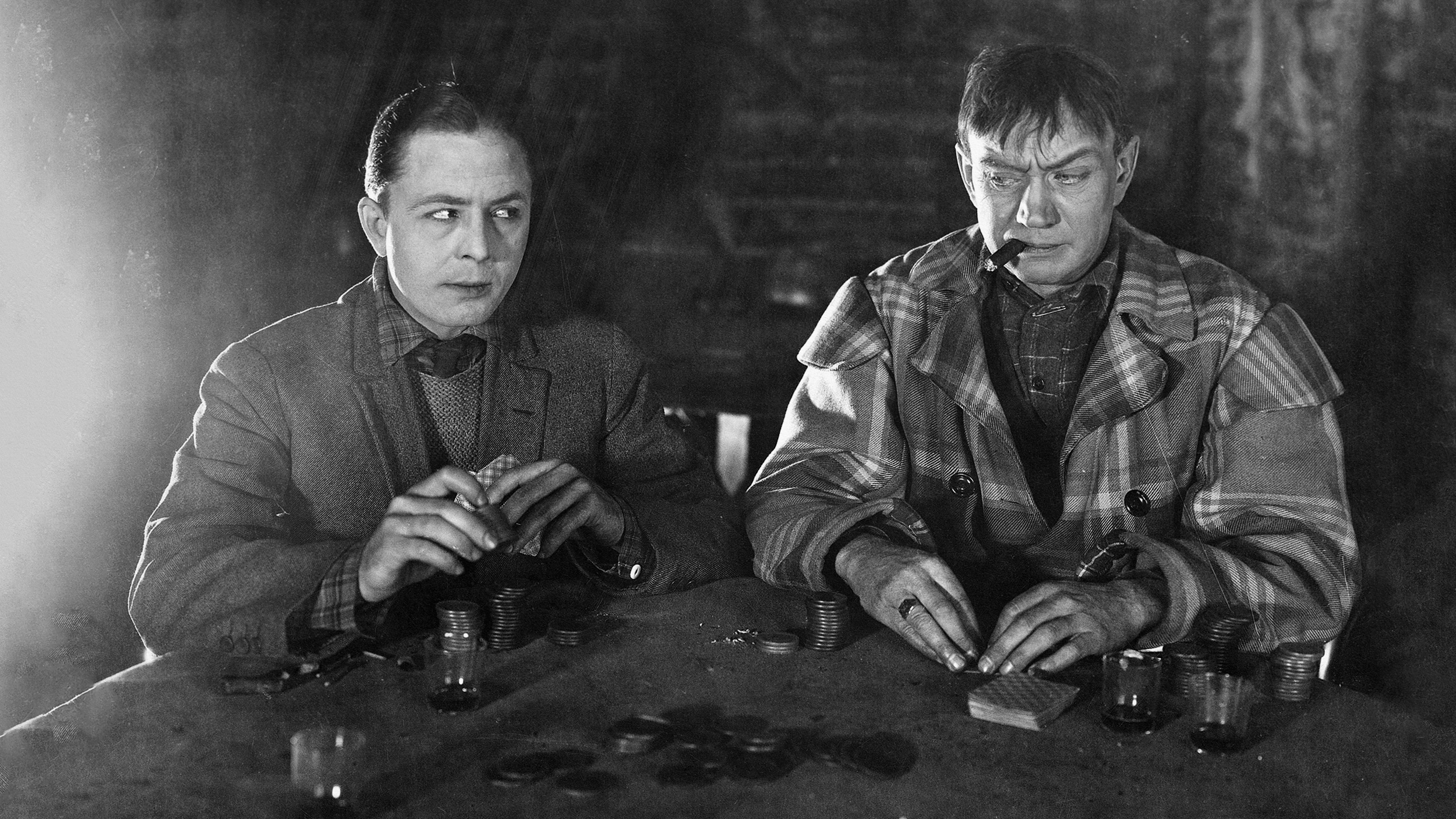Three Habits of Highly Semi-Happy Marriages (Detectable at Any Given Dinner Party…)

Friends sometimes ask me about the signs of marriages on the brink. Can mere mortals, without credentials even!, predict which marriages are likely to divorce?
It makes for a fascinating if morbid parlor game.
The formal, academic research doesn’t really help in this game of ours. It addresses the topic in safe generalization. If you’re “disconnected” from community, have a “weak commitment” to the idea of marriage, or the vague but damning problem of “poor communication skills,” then you’re more likely to divorce.
That sounds plausible enough. But a weak commitment to the idea of marriage as an institution isn’t all that detectable to a dinner party voyeur.
Here, then, are three social habits of the semi-happy marriage. Chances are you’ve seen—or been—one of these symptoms. You’ve probably noticed that spouses can end up treating each other very differently than they treat other humans. Usually, in bored, semi-happy, or outright miserable marriages, they treat their spouses worse than they treat others—even worse than they treat their colleagues.
Imagine you’re throwing a dinner party with three married couples in their mid-40s. On the surface, they’re all non-violent, competent, reasonably content marriage-citizens. But are they?
The first social habit of semi-happy spouses is the Marriage in a Coma syndrome. This is a self-protective stance of strategic disengagement from the spouse. Jane and Joe aren’t openly impolite or rude to each other at your dinner party, at all. It’s the opposite. They’ve perfected the 50-yard stare with each other.
Jane lavishes attention on the comments of the other four guests at your table. But when Joe contributes or makes a comment, it’s as if Jane’s been shot with a stun gun. She stares, distantly and implacably, at an imaginary point on the wall, with neither open judgment nor any sign of interest toward Joe. Jane avoids all eye contact with the chattering Joe, stoically tolerating his unwelcome assertion of personality.
But when Joe’s through with his evidently pointless story and another member of the party next speaks, it’s as if Jane’s been roused miraculously from the coma. She’s interested once again, and returns to the charming, animated person that you know her to be–toward all humans but Joe, that is.
Then, there’s the couple with long-simmering, suppressed anger between them, who’ve reached a point where the open confrontation of these conflicts simply cannot happen in private anymore. Frankly, both spouses are too afraid to go there, as there might not be a dish left unthrown and unbroken afterwards. Marriage scholars note that in low-conflict, morose marriages, the spouses don’t fight or argue that much. Perhaps one spouse fears the other spouse’s anger or disagreement; perhaps they’re too accustomed to their complaints getting ignored; perhaps they’ve exhausted themselves into collusive silence and appeasement.
Instead, the “Chip Bickerman” spouses use the safer public setting to unleash their grievances, pungent opinions, and contrarian, cranky points of view that they’ve kept to themselves in the hazardous privacy of their marriage.
It’s the equivalent of the advice that you should always try to break up with someone in public, to minimize the drama. Likewise, the Chip Bickermans try to argue only in public.
Chip Bickerman spouses Mary and Mark get hyper-engaged and hostile at your party, as they re-awaken an ancient, usually dormant battle. Unfortunately for you as the host, their argument is akin emotionally to the lancing of a carbuncle in public. They take the occasion of having other grown-ups present to pick a long-deferred fight, or to retort each other in ways they’d never dare to do when alone.
Mary and Mark, who are normally polite and mannered, talk over each other as they bicker. They each look directly at you, and the other couples present, for attention and validation. “Help me!” the subtext reads. “You see what I’m up against, don’t you?” Jane and Joe are happy to pay attention to them, since they are not Joe or Jane, respectively, so Mark and Mary have a ready audience. Although Joe and Jane have a different symptom of the very same troubled, mildly-depressed condition in marriage, they secretly think to themselves, “Thank God we’re not as bad as this couple!”
A third social habit of the semi-happy marriage is The Show Must Go On. This couple at your ill-fated dinner party—Sally and Sam—are physically affectionate in the extreme, at least in social settings. Sally and Sam make quite a show of fondling and caressing each other’s forearms ostentatiously, of exchanging cooing kisses and bubbly smiles. Poor Jane and Joe, and Mary and Mark! Naturally, they’re envious of Sally and Sam. “Wow, they know how to keep the marriage flame alive,” they think wistfully. “They’re so happy.”
And that’s precisely what Sally and Sam want Jane and Joe and Mary and Mark to think. Their PDA (public display of affection) has very little of the “A” in it, and a great deal of the “P” and “D” in it. It’s a theatrical production, to maintain the collective illusion of marital contentment.
A general rule: When the marital affection seems too darn good—noticeable—to be true, then it probably is. Couples who are deeply contented or happy don’t leave you feeling irritated by party’s end at their theatrical display. The Show Must Go On social habit is more common with semi-happy spouses who see themselves as Marriage, Inc. They’re keenly attuned to their social reputations, or to the career or social consequences of their marriage. They’re neither deeply hostile nor deeply connected. Being disconnected, the theatrics come easily enough.
What happens is this: Months after your dinner party, you talk to a mutual acquaintance. Sally and Sam come up. “Oh, didn’t you hear?” the acquaintance tells you matter-of-factly. “Sally and Sam just got divorced.”





